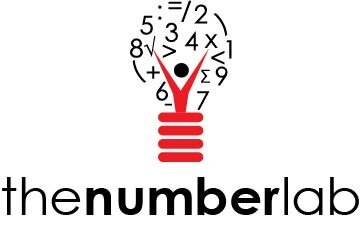Building a Learning Community in K-8 Mathematics: Empowering Learners as Mathematicians
In the world of K-8 mathematics education, it's not just about numbers and equations; it's about fostering a strong sense of community and active participation. When learners embrace the idea that they are part of a learning community, they begin to understand that mathematics is not just a subject but a collaborative journey towards understanding. In this blog, we will explore the transformative power of community-focused mathematics learning, where learners become active mathematicians through their ability to communicate their thinking and active, critical assessment that occurs within the learning community.
The Journey Towards Mathematical Empowerment
1. Community: A strong community is the heart of effective mathematics learning. When learners see themselves as part of a learning community, they feel connected to their peers, teachers, and the discipline itself. This sense of belonging empowers learners to actively engage with mathematics. In a community-focused mathematics learning environment, mathematics is more accessible to learners as it is something that requires time, space, and discussion in order to deeply understand. Thus, good mathematicians are not commended for their speed, ability to memorize large amounts of discrete bits of information, and for offering answers that come without mathematical justification. Instead, good mathematicians take time to make sense of problems, draw connections from previous experiences, consider and appreciate a variety of sound approaches, learn from missteps and misconceptions, and determine ways to apply mathematics in unique ways. When learners work as a community to explore mathematical concepts, address challenges, and celebrate successes, they not only deepen their understanding of mathematics but also strengthen the bonds within the community. Learners come to depend on the sharing of observations, conjectures, clarifications, and critiques for the purpose of sharpening their learning skills individually in order to build knowledge collectively.
2. Communication: The essential link within a learning community, communication is key. Learners are encouraged to ask questions, share their thoughts, and collaborate with their peers. The act of communication not only fosters a supportive environment but also opens doors to new perspectives and ideas. As communication thrives, discourse naturally emerges. Learners engage in discussions, debates, and collaborative problem-solving. In this dynamic exchange of ideas, mathematical concepts are explored, clarified, and internalized.
3. Active, Critical Assessment: Guiding progress with active discourse in place, teachers have the opportunity to perform critical assessment. This assessment goes beyond traditional tests; it involves observing how learners think and apply mathematical concepts. It allows for tailored guidance or feedback that helps learners identify areas where improvement is needed in both their understanding of content knowledge as well as crucial learning skills. Additionally, the feedback loop encourages ongoing communication and collaboration, making the learning community stronger. Their math learning exceeds passive consumption and rote memorization. Learners actively construct knowledge and connect concepts within and beyond the discipline of mathematics, experiencing a deeper and more meaningful understanding of mathematics.
The journey towards becoming a mathematician starts with the establishment of a learning community. From the community, active communication and assessment helps to create a dynamic, continuously evolving learning environment. Thus, K-8 mathematics can and should be more than just a linear progression of standards. Elementary and Middle School math learning should be a matter of building communities of young mathematicians who are actively shaping their mathematical understanding. So, let's foster this sense of community, encourage communication, and offer feedback all in an effort to help our learners take the path towards becoming real mathematicians. Together, we can make mathematics an exciting adventure for our young learners.

